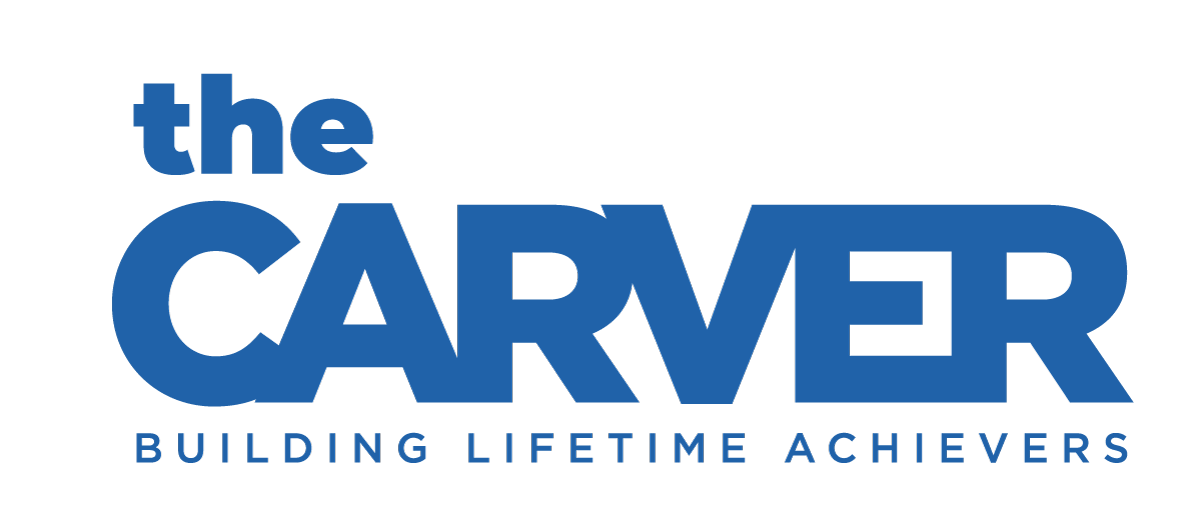Carver’s RAMS Afterschool Program at Roton Middle School recently engaged students in creatively exploring symmetry as they crafted unique Valentine’s Day cards. By cutting out paper hearts and adding their personal artistic touches, students combined mathematical concepts with creative expression, demonstrating the power of integrating the Arts into STEM education, a cornerstone of STEAM learning.
Mr. Dean Vaccaro, Carver’s Lead Program Coordinator and a National Board-Certified Teacher, led this engaging activity and teaches U.S. History to 8th-grade students at Roton. His dedication to fostering hands-on, interdisciplinary learning ensures students grasp academic concepts and develop critical thinking and creativity for future success.
The Role of Arts in STEAM Education
Including Arts in STEAM (Science, Technology, Engineering, Arts, and Mathematics) enhances traditional STEM subjects by fostering creativity, engagement, and holistic learning. This approach equips students with a broader skill set, preparing them for real-world problem-solving and future careers.
Key Benefits of Arts in STEAM:
🔹 Enhanced Creativity & Innovation – Arts encourage out-of-the-box thinking, a critical skill for tackling science, engineering, and technology challenges.
🔹 Increased Student Engagement – Interactive, hands-on activities like designing Valentine’s Day cards make learning fun, memorable, and meaningful.
🔹 Improved Academic Performance – Research has shown that students exposed to STEAM education often see higher achievement in science and math.
🔹 Development of Essential Skills – Arts help build collaboration, communication, critical thinking, and problem-solving abilities, all vital for future success.
🔹 Better Visual Learning – Many STEM fields require strong visualization skills and engaging in arts-based activities helps students develop these competencies.
How STEAM Impacts Learning & Development
🎨 Cognitive Growth – Integrating Arts into STEAM can boost literacy, math skills, and overall cognitive development.
✂️ Motor Skills – Hands-on creative activities, like cutting and designing paper hearts, improve fine motor coordination and focus.
🔗 Interdisciplinary Learning – STEAM breaks down subject silos, encouraging students to make meaningful connections across disciplines.
Preparing Students for Future Careers
The future workforce will demand flexibility, adaptability, productivity, and innovation—all skills a STEAM-based education fosters. By embracing the Arts, students gain a competitive edge in emerging industries such as themed experiences, gaming, simulation, and interactive media.
Empowering the Next Generation
The Valentine’s Day card project at Roton Middle School is just one example of how Carver’s RAMS Afterschool Program empowers students by blending creativity with academic learning. By integrating Arts into STEAM education, Carver ensures that students develop critical life skills, build confidence, and are well-prepared for future workforce challenges.
Through engaging, hands-on learning experiences, Carver continues to inspire young minds. ❤️



